3 Essential Tips for Bringing Your Art to the Next Level
Realizing Your Art Needs Help
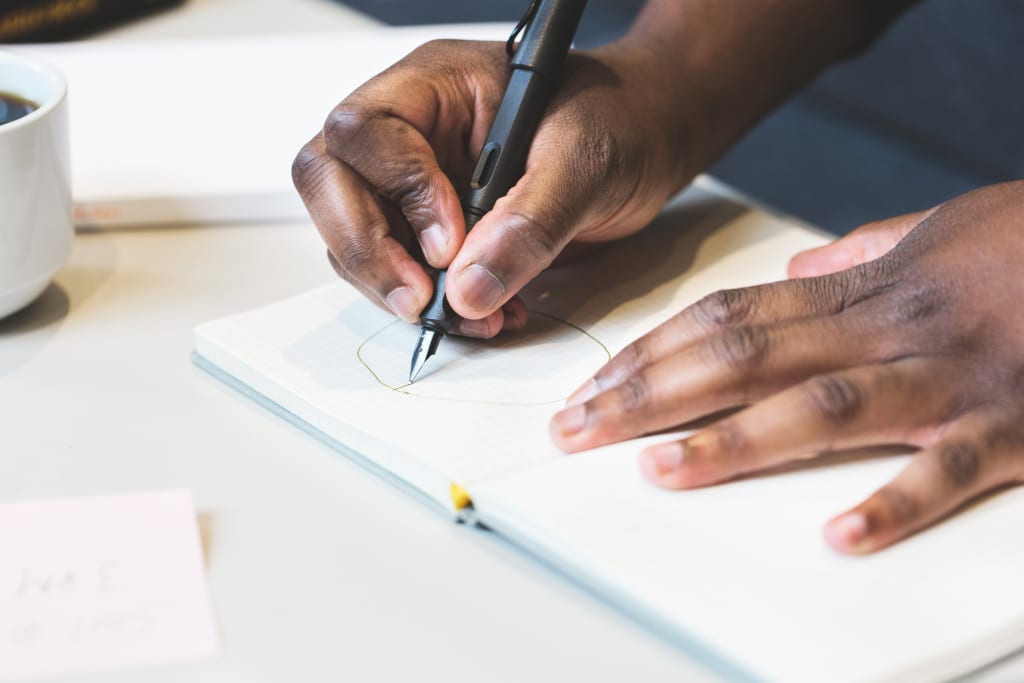
I should be good by now? Right?
Have you just reached a threshold where you're starting to feel like your art is actually starting to look half-decent? But, there is something that is just not quite right, and you can't put your finger on? Or maybe, you're not getting much of a response to it?I know that's me right now.
I have come to address what are common issues that stop art from reaching the next level (including my own). Art is such an immense skill that there will always be something to learn, but knowing where to start can make all the difference.
1. Colour
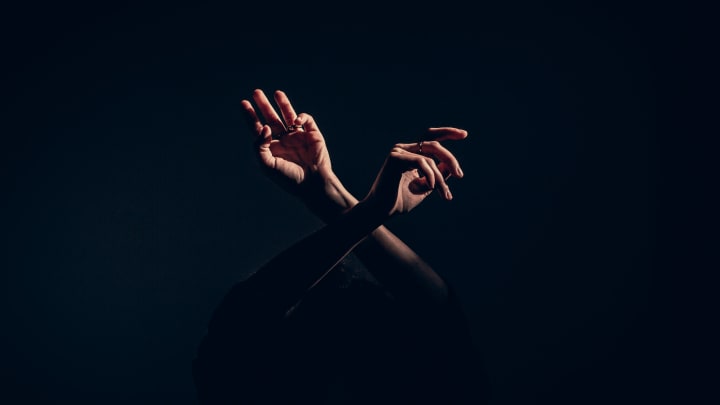
Photo by Matthew Henry from Burst
As much as anatomy, composition, and a plethora of other skills are important, colour is just one of those things that can make a lot of other flaws fade a bit.
In the last six months, I've really started taking colour and light seriously. Before that, I would use formulaic things that were easy. In digital art specifically, I would just adjust the saturation, shade, and tint of a colour to create shadows and highlights. Though, in reality, light is coloured, creating shadow that is the absence of that colour (in other words, becoming the complementary colour). And for light, there are different levels, and it reacts differently with different substances, and here I was trying to render everything the same (still very much working on that one).
I am by no means an expert on colour by now, but looking at my art from six months ago and now, there is no comparison. That's what I hope for you too.
Resources:
Color and Light by James Gurney
This book is amazing. I cannot stress how thorough and helpful it is. It addresses different types of lighting, and shows how to express it in your art. The biggest asset of this book (beyond his immense skill and ability to define lighting) is that he brings all of the different types of lighting to your attention, letting you be more observant.
I am proud of the Canadian creation of Schoolism. The quality of classes on it are immeasurable. I highly suggest not only their course of color and light, but their service, generally.
2. Composition
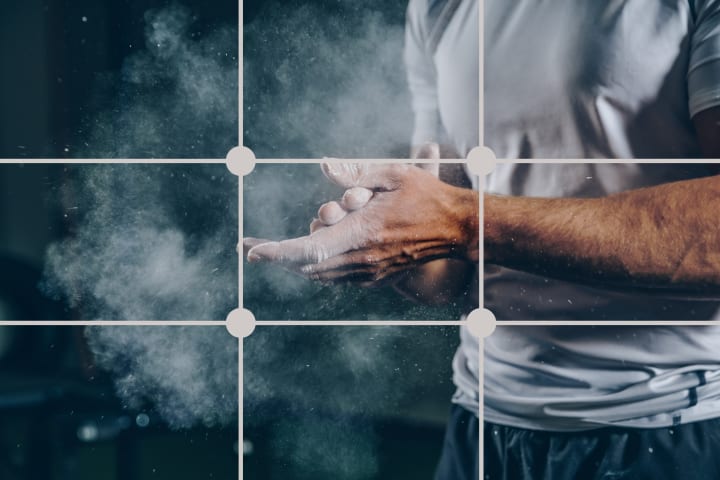
Photo by Nicole De Khors from Burst
Even if your technique is immaculate, if the composition is flawed, the piece will never quite reach the level it could. With social media, there are ways of photographing your art pieces to appear to have better composition (says one who abuses it), but if you want to be selling your art, that won't really help.
Rule of thirds is one of the biggest, and easiest aids for composition. If you want to go one step further, you can use the Golden Ratio. It is fairly complex, so I won't get into it too much here, but I'll put a link in the resources below.
In the Golden Ratio, it addresses movement in composition. The Golden Ratio has a very specific route; but generally, you want to keep the eye on your image longer, but in a very logical way. The eye should start at one part of the image, and flow through all parts naturally without jumping around. Honestly, one of the best ways of practicing is creating a 'line of action' while making your piece. If it's just a character, that is a line expressing their center of gravity from head to feet (or arms if they go out from the body). It is a term mainly used with life-drawing. For a more involved image (with background, or scenic), I like to create swooping lines initially, where I want the eye to go, and then concentrate more detail, or the direction of objects, to follow that line. In that regard, think of wind. In many cases, you want it to end on a focal point, or circle back again, so it just keeps the eye wanting to be tracing through the movement of the piece.
Resources:
Shaw Academy is a great resource. Though, their focus is design, photography, and marketing. They go into the rule of thirds a little deeper than I did in their article.
I tend to like Creative Bloq, so I put thei link here, but there are many other explanations if you give a quick search. It is said to have been used by historical artists, such as da Vinci.
3. Life Drawing
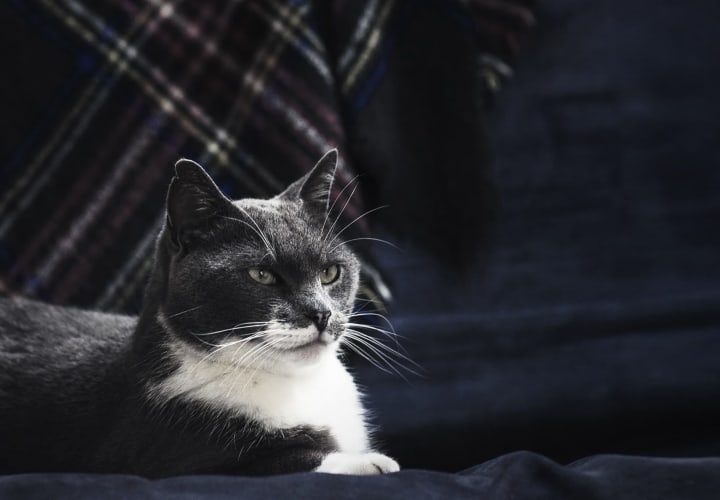
Life drawing doesn't have to be nudes; it could be pets or objects too.
You may have certain things you draw more often; it can be easy to start going from memory, and getting into traps or formulas. Even if you do have specific ways you do like to draw things, it is crucial to put some time aside for drawing objects around you. No, not from screens. It helps train the eye to see volume and shape.
Some methods to try are:
- contour drawing
- continuous line drawing
- blocking out colour
- gesture (different time lengths)
Drawing nudes, if you draw people, I honestly believe is a must. I know it can be awkward at first, but everyone feels a little weird at their first life-drawing class. You can also use it to help identifying lines of action (as mentioned in last section). There are details of the human body you just can't capture any other way that helps your foundation.
Along with life drawing, it is great to figure out the underlying structure of objects and creatures. Through different poses and positions, you can train your mind to know what three-dimensional forms creates the creature or object.
Knowing what you are drawing beyond that one angle you will be presenting helps with knowing how to apply lighting, and really develop drawings that have volume. Even cartoons need underlying structure to feel substantial.
Conclusion
The three areas above are a little broad, so there is a lot to learn within them. Though, in general, art is very broad. When struggling with figuring out what is the issue that is making either you, or viewers not connect with your image, these are three areas that commonly have the most issue. Even if you don't implement tons of changes for them, being aware of them, and keeping it in the back of your mind, it can drastically change your approach to art.
I hope to make bring you a few articles that focus on each more exclusively. Stay tuned. Thank you for reading.
About the Creator
'Toto' (Aleksina Teto)
A Canadian designer, writer, typographer, and artist.

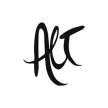
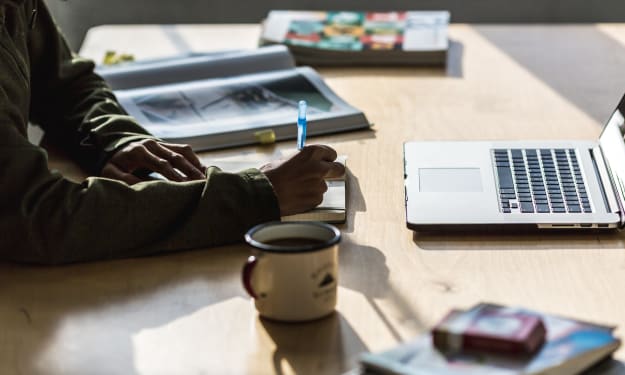



Comments
There are no comments for this story
Be the first to respond and start the conversation.